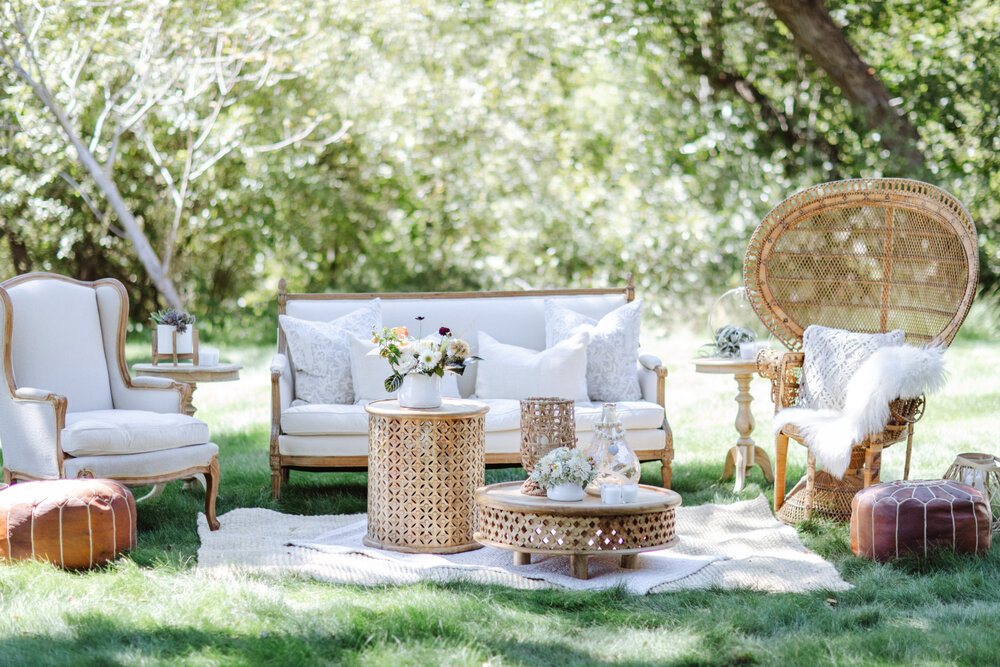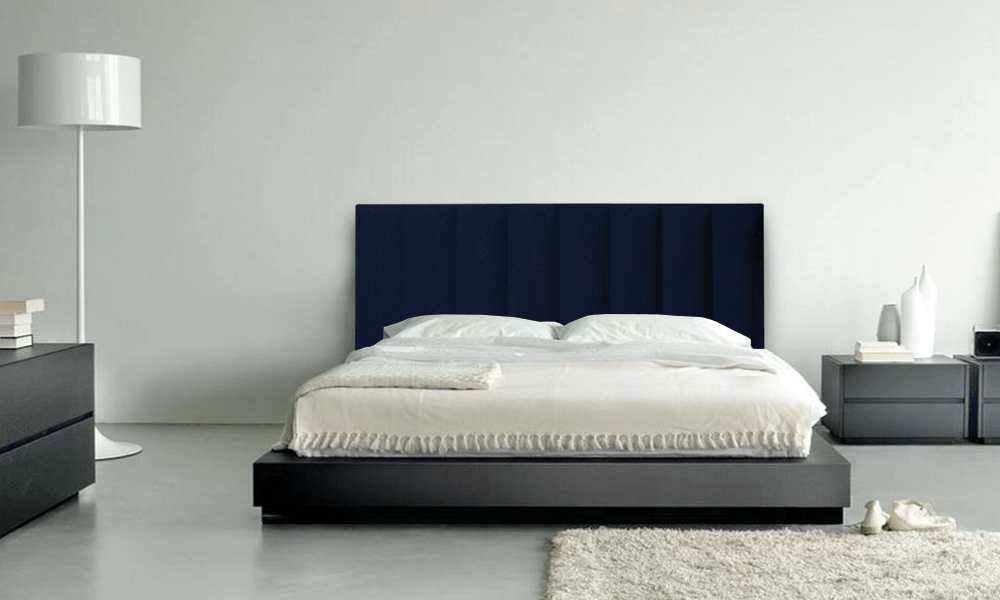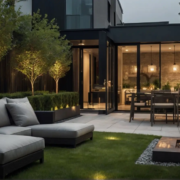When we browse furniture eCommerce stores, we find product descriptions with various wood types. When visiting local furniture shops, we are presented with a wide choice of solid wood furniture created from different types of wood. So what are the 10 common wood types used for furniture?
Teak
Teak is one of the world’s most durable hardwoods, and it can be used for several centuries without decaying. Teak is recognised as the king of woods because of its unique teak oil protection, which makes it resistant to degrading bacteria and attacks from bacteria or pests, including termites. Teak grows primarily in tropical areas and is considered a national treasure in Myanmar.
- Teak Pros – Excellent stability and resilience to decay, abrasion, and insects.
- Teak Cons – Long growing time, poor productivity, high cost, and numerous imitation teaks on the market.
- Main Use of Teak – Boat and yacht decks, wood décor for luxury cars like Rolls-Royce and Bentley, top-end outdoor furniture and floors, and so on.
Dark Walnut
Dark walnut is today one of the most popular solid woods on the furniture market. It is classified as North American black walnut, South American black walnut, African black walnut, and Chinese black walnut, with North American walnut being the highest grade and most expensive.
- Dark Walnut Pros – Beautiful pattern, delicate lustre, no cracking or deformation, and strong decay resistance.
- Dark Walnut Cons – Long growing period, high cost, sapwood susceptible to powder moth damage, mediocre bending and compression resistance, and weak durability.
- Main use of Dark Walnut – Furniture, building materials, and carving art of the highest quality.
Chinese Oak
Most Chinese oak is grown in the northeast of China. However, it is also found in Russia, Japan, Mongolia, and the Korean Peninsula. It has a gorgeous grain and a light apricot-yellow colour. Botanists have discovered 140 different species of oaks found throughout China.
- Chinese oak Pros – Hardwood, good bending resistance, easy to repair, moisture and wear resistance, and paintability.
- Chinese oak Cons – Poor corrosion resistance, difficult anti-corrosive treatment, significant wood shrinkage, and unreliable performance.
- Main Use of Chinese oak – Furniture, flooring, walking sticks, walking sticks, billiard cues, axe handles, and hammer handles.
Ash
Ash, which resembles European acacia wood in appearance, is mostly grown in North America and Europe. It is mass-produced and frequently utilised in the manufacture of solid wood furniture.
- Ash Pros – Rich texture, suitable for lacquering after polishing, firm and elastic texture.
- Ash Cons – Poor anti-drying qualities, easily distorted, and colour changeable over time.
- Main Use of Ash – Commonly used in furniture, flooring, sporting equipment, and tool handles.
China Ash
China ash is primarily grown in the country’s northeast. It is a yellowish wood that is commonly used for furniture manufacture.
- China Ash Pros – Corrosion and abrasion resistance, water resistance, strength and durability, and a lovely texture.
- China Ash Cons – Insect-prone, does not dry quickly and is easily twisted and split.
- Main Use of China Ash – Furniture, flooring, wooden railings, solid wood doors, instruments and sports equipment.
Catalpa Wood
Catalpa wood is derived from the Catalpa bungei tree, which resembles black walnut wood in appearance and is found primarily in the Yellow River valley and southern China.
Catalpa wood is a softwood that was once used to produce mahogany furniture. However, as mahogany becomes more scarce, Catalpa wood has progressively become a luxury material for furniture.
- Catalpa Wood Pros – Medium hardness and softness, moderate density, resistance to deformation, strong scratch resistance, and toughness.
- Catalpa Wood Cons – It is not impact resistant, does not like direct sunlight, and is difficult to repair.
- Main use of Catalpa Wood – Classical furniture, fine musical instruments, ships, and military supplies.
Poplar
Poplar is derived from the poplar tree, a fast-growing and prolific species. It has a fast growth rate, and this tree is widely planted, making it one of China’s most produced and used woods.
- Poplar Pros – Softer than birch, with a fine texture, good durability, and ease of processing.
- Poplar Cons – Low density, low hardness, and low durability.
- Main Use of Poplar – Furniture, plywood, fibreboard and flooring.
Birch
Birch contains hundreds of varieties and was one of the first trees to emerge after glaciers receded on Earth. It matures in 20 to 30 years and is mainly found in northern temperate zones.
- Birch Pros -Birch furniture has a nice wood grain, a soft touch, and is flat and smooth.
- Birch Cons – High moisture uptake, easy cracking and deformation, lack of scratch and corrosion resistance.
- Main Use of Birch – Commonly used for many types of furniture, flooring, and home goods.
Paulownia
Paulownia is one of the world’s fastest-growing trees, found primarily in northern China but also in Japan, Korea, and Europe. Paulownia is considered a lower quality wood in China. It is rarely used for furniture manufacturing, preferring to be used as an accessory in solid wood furniture. However, in Japan, it is a crucial material for furniture.
- Paulownia Pros – Scratch and decay resistance, ease of carving and painting, and a lovely texture.
- Paulownia Cons – There are no huge timbers, and the centre is hollow.
- Main Use of Paulownia – Furniture, musical instruments, Surfboards, and transport packaging boxes.
Pine
One of the most common woods is pine. It grows freely, with especially noticeable growth marks and grain. Pine has a distinct odour that some people dislike, yet it is not harmful to humans.
Pine is commonly utilised in the manufacture of children’s furniture. It doesn’t take much to bring out this species of wood’s true, natural beauty.
- Pine Pros – Low cost, easy drying, softwood, a solid structure, toughness and elasticity, and natural grain.
- Pine Cons – Distinctive odour, prone to discolouration, rotting, and insect infestation.
- Main Use of Pine – Manufacture of children’s furniture, toys, kitchens, bedroom furniture and many other uses.
Summary
As you can see, there are a wide variety of wood options, each with its own benefits. So whether you are looking for freestanding furniture or beautiful hand-crafted fitted furniture, the choice of wood is very important.













Comments